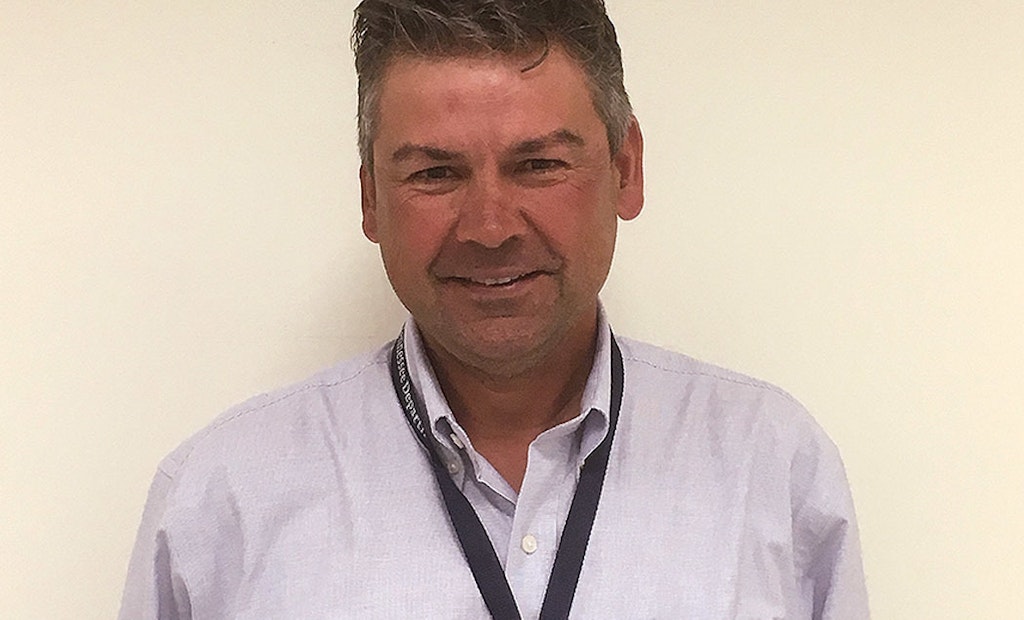Interested in Business?
Get Business articles, news and videos right in your inbox! Sign up now.
Business + Get AlertsOnce you’re outside the cities of Tennessee, you won’t find much municipal sewer service. Onsite systems are common for wastewater treatment, and that means loads of permits and other paper records stored in county offices across the state. People who need those records must plan a trip during business hours, but the state is about to eliminate those trips. It is busy making digital copies of onsite system records and storing them on a publicly accessible website.
To get a perspective on this, Pumper talked to Alan Schwendimann, a special projects manager for the state’s onsite wastewater program in the Division of Water Resources.
Pumper: Why did Tennessee start this?
Schwendimann: We’re looking to provide better service to the people who need access to these records. That means system owners, technicians doing maintenance and real estate agents. With paper records, people have to go to the health department or local county office where the record is kept. Once the project is complete, anyone anywhere in the state will be able to call up those records from a website. This will be especially useful to real estate agents, pumpers and anyone else who works in multiple counties. It means being able to call up records after hours, too. And this project fits into the overall state goal of using less paper.
Pumper: How long have you been working on this?
Schwendimann: We started the pilot project in 2016, and we started with two counties — one in middle Tennessee and one in east Tennessee — so we could work out the overall file digitization process to ensure good organization and the ability for easy digital file retrieval. We had hoped to scan records from the first county in about four months, but it took about eight. We really stressed not giving up document quality in order to get quantity. And we found that people in the past were heavy users of staples and paper clips, so step one was removing all of those to separate individual pages for scanning. With the process in place, we have started expanding to other counties now, and our eight regional offices will soon be working on the counties they deal with.
Pumper: How much is complete?
Schwendimann: All of Robertson County’s records became available to the public March 1, and all of Hawkins County’s records, our other pilot location, were completed in April. Robertson County was selected as the middle Tennessee pilot county, and it serves as a bedroom community for metro Nashville. We in the central office are scanning Wilson County now, and the eastern regional office is expanding to other counties. Tennessee has 95 counties.
Pumper: Did you send a team to the county courthouse?
Schwendimann: No. For Robertson County, we moved all 70 cubic feet of paper records to the Nashville office. To make sure customers weren’t forgotten in the process, we gave out an 800 number and an email address for use by people who needed records while we had them in the central office for scanning. When a record request came in, one of the staff would pull the record and scan it. That scan would be added to the online database right away so the record wouldn’t have to be handled twice, and then the staff person would email the record to the customer who requested it.
Pumper: What are you taking from the paper records?
Schwendimann: From the typical file of the last 10 or 15 years, we take four key documents. First is the application for a permit. Second is the permit for construction; that’s where our field staff evaluates the property and outlines the details of the onsite system. Third is the certificate of completion; that will include a set of as-built drawings done by our field staff. Fourth, typically, will be any type of soil information or further property detail such as a plat. The neat thing is that our scanners are high-resolution and full color. That’s especially important for soil records because those are color-coded to show different types of soil and soil structure.
Pumper: What happens after the paper records are scanned?
Schwendimann: Our staff will take care of most additions to the database. Our division administers the onsite programs in 86 of the state’s 95 counties. The other nine have their own county-operated programs. All of our field staff are currently being equipped with rugged field laptop computers that will allow them to look at the digital records on file while working in the field and to create and file new ones electronically. New records created with the field computers include GPS coordinates for onsite systems. That should alleviate some of the problems we find now (for example, where people build a deck above a septic tank that no one knew was there).
Pumper: What has the reaction been?
Schwendimann: We’re receiving a lot of positive feedback from property owners and especially from real estate agents. If anything, our success with Robertson County is feeding a hunger. People are anxious for more information to be available electronically. Our search page allows you to look for properties by owner name, address, subdivision and lot number where those apply. To assist with file searches, the database also has partial name recognition. For example, if you know only the last name of “Jones,” a search will bring up all owners with the last name of “Jones” in a particular county.
Pumper: Is there a target date for completion?
Schwendimann: We hope to have all records in the state in the online system in two to three years. That’s not to say it couldn’t be done faster, but it’s being funded and staffed out of our existing resources. Given the early success, we will likely look for opportunities to redirect some additional resources to the scanning project in the near future.






